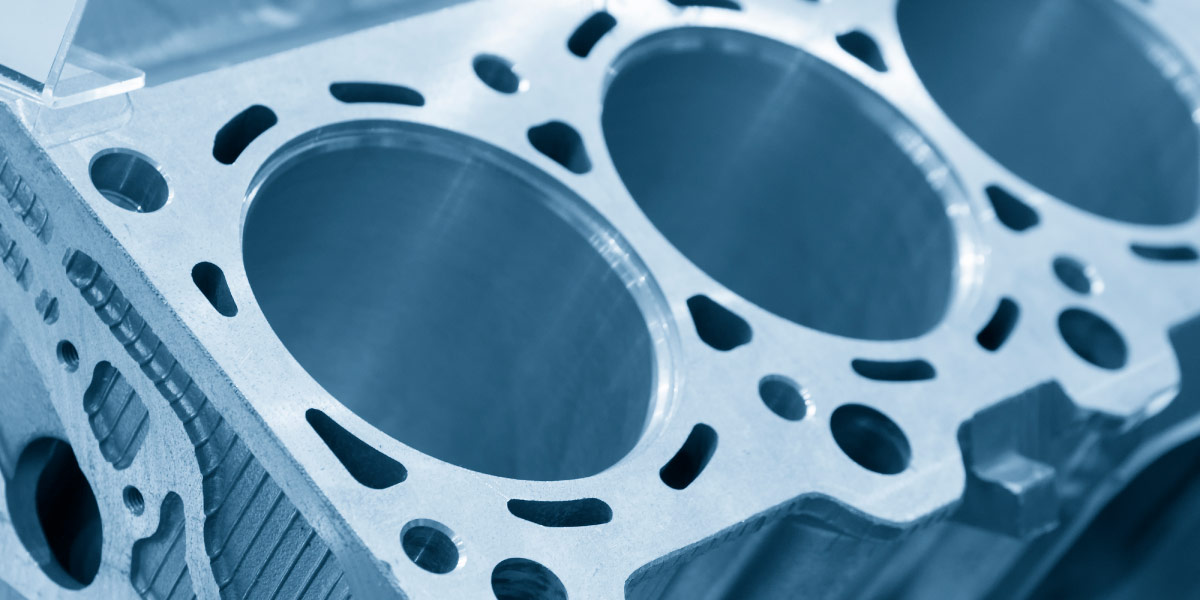The Differences Between Honing and Lapping
The world of machining parts is sometimes defined by the process through which they are crafted and finished. Often these processes are similar, yet fundamentally different--to the point where they warrant entirely different names. One example of this is are the processes of honing and lapping, which is why we want to present both the similarities and the differences between these two processes.
Click Here for our The State of Aerospace Manufacturing Infographic
First, the similarities. Honing and lapping are often used for the same reasons and are usually applied at the end of the manufacturing process. Both are used to achieve a smooth surface and achieve precision dimensions on metal parts. They are also both abrasive processes, but that’s about where the similarities end. So, let’s take a closer look at the differences.
Honing is used to remove any excess material from internal cylindrical surfaces. For most jobs, honing machines are rather simple, so the process is generally less expensive when compared to other face-lifting techniques. For this finishing process, honing can remove hundredths of an inch up to six inches depending on the needs for the job. It is accomplished on honing machines usually with a diameter of 48 inches, though larger machines can be used for bigger jobs. Honing is highly accurate, can polish both long and short holes—from a quarter-inch deep to 8 inches for smaller machines up to 144 inches (12 feet!) for large machines—and can work through varied hardness in the material’s surface. On the other hand, it can produce a slightly ovular hole if the workpiece is very thin. Honing can also take a longer time than other material removal options.

The most common application for honing is on internal cylindrical surfaces.
Lapping is done with a wheel and fine-grained loose particles. The abrasives are usually “ready mixed” in a solution of oil-soap or grease base, which holds the abrasive in suspension before and during lapping. The process is done at a slow speed, which is in contrast with the high-speed cutting of precision grinding. Because of the slow speed, the lapping process doesn’t generate much heat, allowing for more control over hole size and part geometry. Lapping produces a fine finish and improves the piece’s characteristics and is useful for adjusting the alignment of features such as holes.
Lapping is generally used to remove "tenths", or ten-thousandths of an inch. Lapping uses “loose” abrasives on its plate instead of bonded abrasives that a honing wheel would. These abrasive particles are suspended in a viscous medium such as soluble or mineral oil. To achieve optimal performance, the abrasive must be uniformly graded. The plate applies about 3 pounds per square inch (PSI) to the workpiece. Oftentimes, the weight of the plate itself is sufficient to apply the needed pressure, though extra weight can be added if needed. The workpiece must be at least as hard as the lapping plate, or else the abrasive will be charged into the work. Depending on the amount of stock removed, the lapping process takes 1-20 minutes.
Let’s talk benefits: lapping also produces little heat, produces no distortion of the workpiece, and the machine can generally handle any size of the material. But there are many variables associated with lapping, which can, unfortunately, cause a degree of trial-and-error for most projects.
There are benefits and drawbacks to the honing and lapping processes, but no matter which one you choose, you should look for experienced precision grinders for all your finishing projects. The best results hinge on hiring a grinding shop with the skill, knowledge, and equipment needed.










